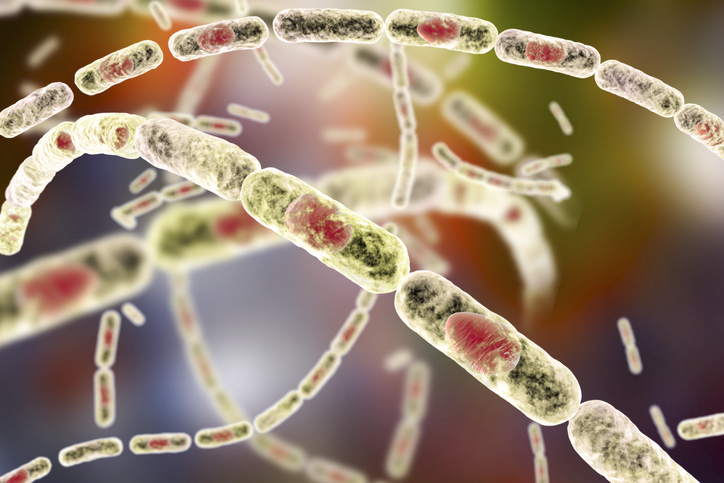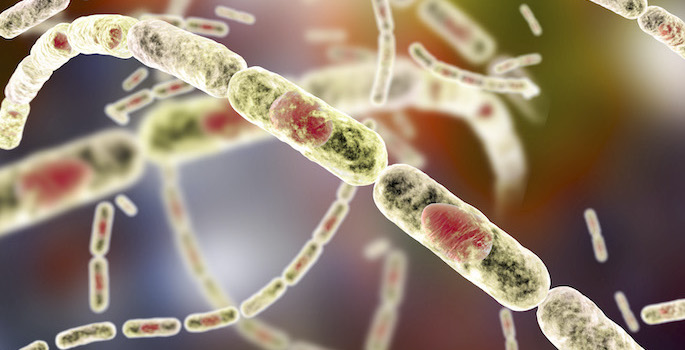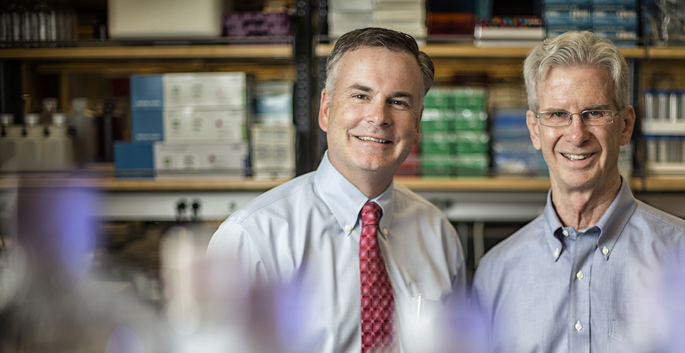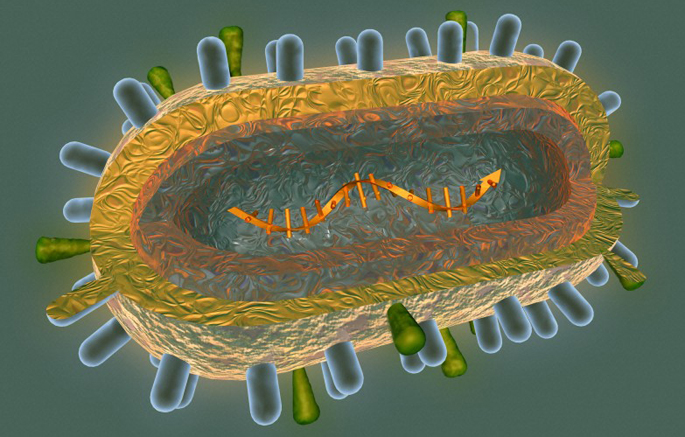NIEHS
-

Study advances understanding of bacterial bioterrorism agent
Vanderbilt researchers have identified a critical regulatory factor in the bacterium that causes the disease anthrax and has been used as a biological weapon. Read MoreApr 7, 2022
-

Salmonella overcomes host resistance
The invading pathogen Salmonella, a common cause of food poisoning, can change its metabolism to overcome host resistance to its colonization. Read MoreJan 13, 2022
-

Probing DNA damage repair
After discovering a new mechanism for DNA damage repair last year, Vanderbilt biochemists now provide direct evidence for how it works. Read MoreJun 18, 2020
-

The adaptable anthrax bacterium
Vanderbilt researchers discover how anthrax bacterium defends itself against structural damage and resists the toxicity of the antimicrobial drug targocil. Read MoreMay 14, 2020
-

Steroid binding to metabolic enzyme
Understanding how a steroid-metabolizing enzyme binds to its substrates may aid in designing drugs to treat sexual dysfunction as well as prostate cancer. Read MoreJun 12, 2019
-

Study links soy formula feeding and menstrual pain
The report authored by Margaret Adgent adds to the increasing evidence supporting the reproductive health consequences of early-life exposure to soy formula. Read MoreDec 13, 2018
-

How the skin protects
Treatments for common skin conditions such as atopic dermatitis may be improved by understanding the enzymes responsible for forming the skin’s water-tight barrier. Read MoreApr 19, 2018
-

DNA damage repair: molecular insights
Structural details about a protein involved in the repair of damaged DNA provide insight into xeroderma pigmentosum disorders, which are characterized by increased risk for skin cancer. Read MoreDec 5, 2017
-

Oxidative stress in tumors
Vanderbilt investigators have developed a new method for measuring oxidative stress in human tumors, which provides insight into cancer development. Read MoreMay 18, 2017
-

A new mode of DNA repair
Structural details of a protein that removes DNA lesions shed light on fundamental mechanisms of DNA repair. Read MoreApr 14, 2017
-

Blood-brain barrier on a chip sheds new light on “silent killer”
A new microfluidic device containing human cells that faithfully mimics the behavior of the blood-brain barrier is providing new insights into brain inflammation, the silent killer. Read MoreDec 6, 2016
-

Study finds natural compound extends lifespan of worms
A compound found in buckwheat seeds extends the lifespan of worms, Vanderbilt investigators have discovered. Read MoreOct 20, 2016
-

Faulty building blocks in DNA
An enzyme that builds DNA is able to insert the wrong building blocks, which could generate mutations. Read MoreJan 22, 2016
-

How the cell makes morphine
Vanderbilt investigators have discovered how mammals, including humans, produce the painkiller morphine. Read MoreAug 25, 2015
-

Study explores protein’s role in inflammation-associated cancer
An antioxidant protein may protect against colon cancer that develops in patients with inflammatory bowel disease, suggesting new strategies for reducing colon cancer risk in these patients. Read MoreJul 23, 2015
-

Copper toxicity and Parkinson’s
A genetic predisposition to Parkinson’s disease makes neurons more vulnerable to the toxicity of heavy metals such as copper. Read MoreFeb 5, 2015
-

New tools to probe manganese biology
Vanderbilt researchers have developed tools to probe the role of the essential metal manganese in neurons, and which offer a started point for developing therapeutic agents for manganese-related neurological disorders. Read MoreNov 26, 2014
-

Dioxin, fathers and preterm birth
Exposure of male mice to the pollutant dioxin causes preterm birth across multiple generations, suggesting that efforts to prevent preterm birth should include pre-conception interventions for dads. Read MoreSep 18, 2014
-

Protein interaction protects against neurodegeneration
Two proteins interact to maintain selenium levels in the brain, and protect neurons from degeneration. Read MoreSep 2, 2014
-

Enzyme holds the door for influenza
Compounds developed at Vanderbilt University may offer a new way to block influenza infection. Read MoreAug 20, 2014